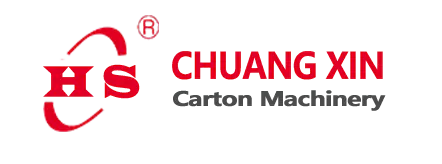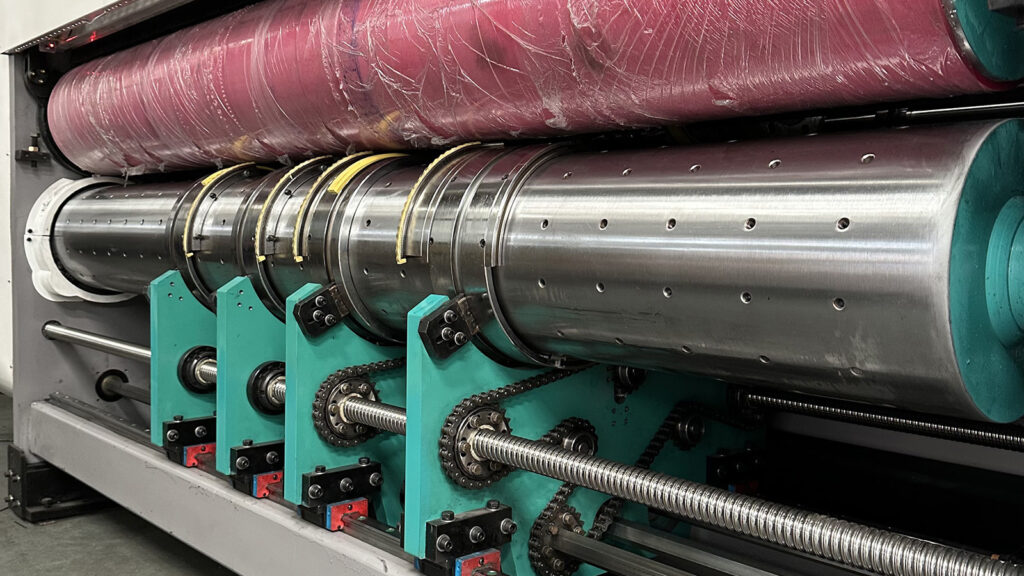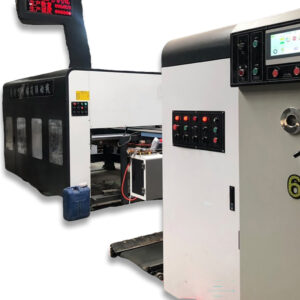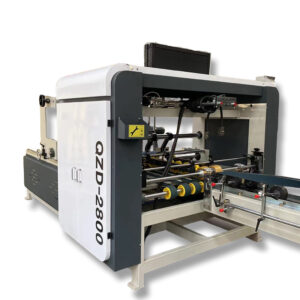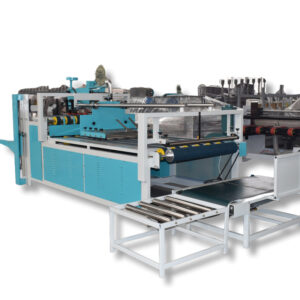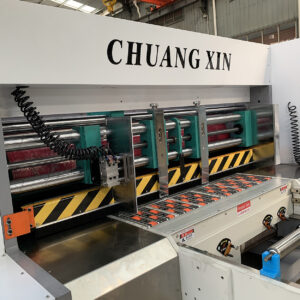
Welcome to our blog dedicated to the fascinating world of carton printing slotting machines. Here, we delve into the intricate workings and immense value these machines bring to the packaging industry.

What Are The Steps in Die Cutting Process
Die cutting, the process of using a sharp die to cut shapes out of various materials, is a versatile technique used in numerous industries, from crafting and scrapbooking to packaging and manufacturing.
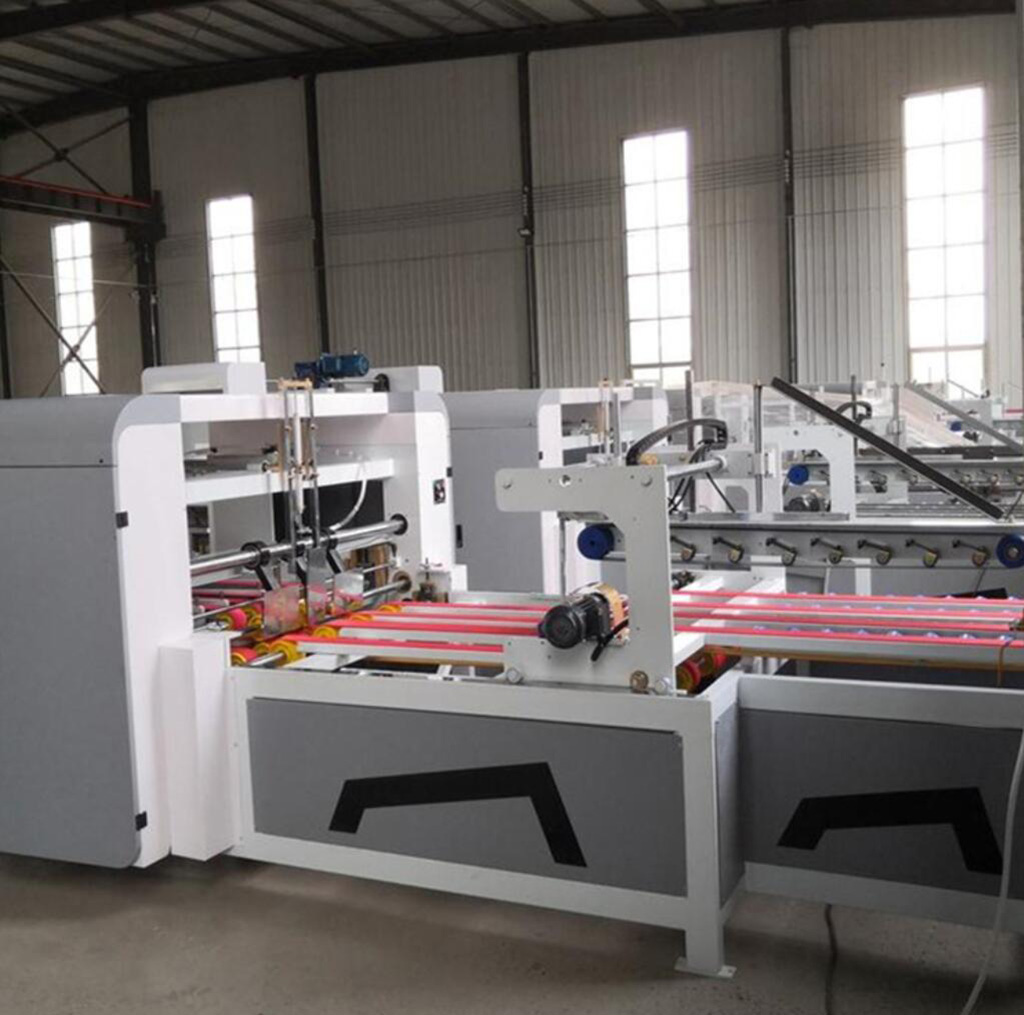
Introduction of 5 Types of Gluer Machines
Gluer machines are necessary in the packaging industry, automating the process of bonding carton blanks to create boxes, trays, and other packaging forms.
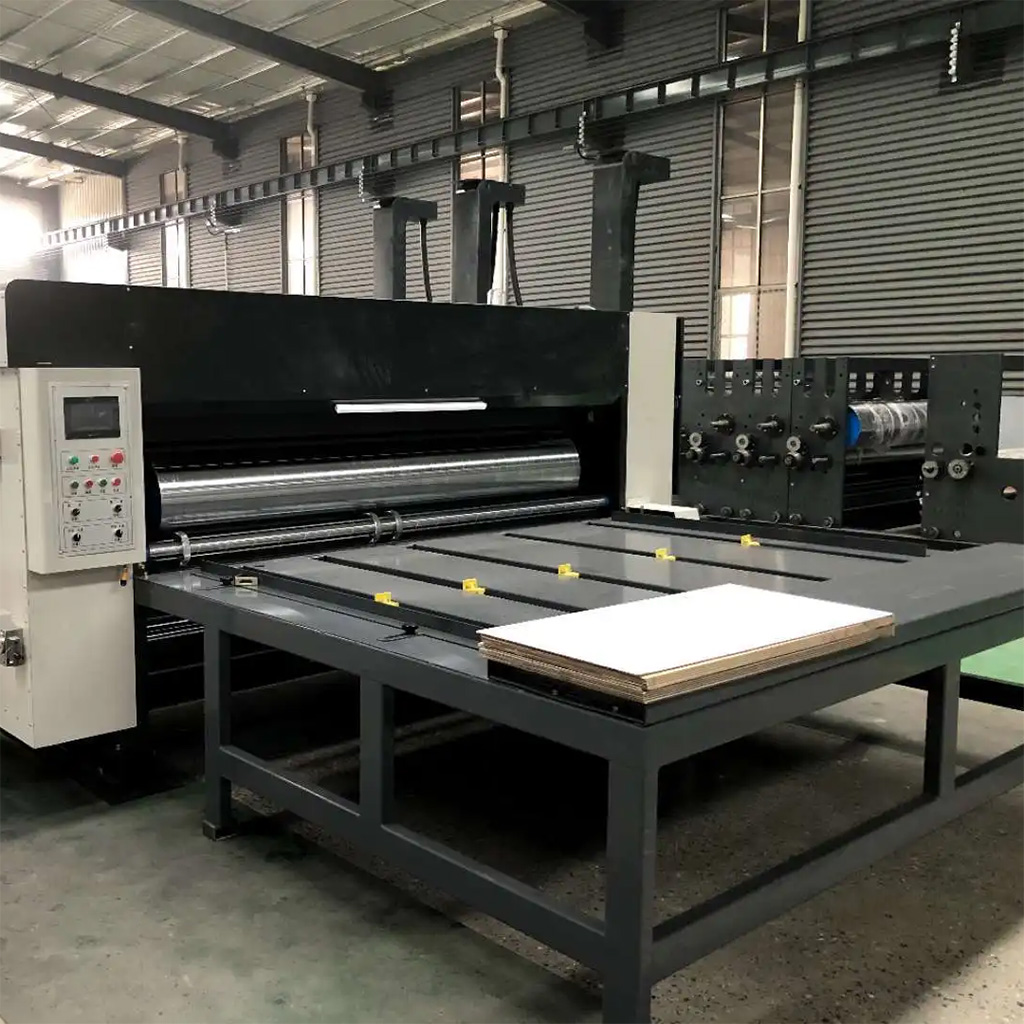
What are the Differences Between Slotter and Shaper
In the world of machining, various cutting tools perform specific tasks to achieve precise and accurate results.
